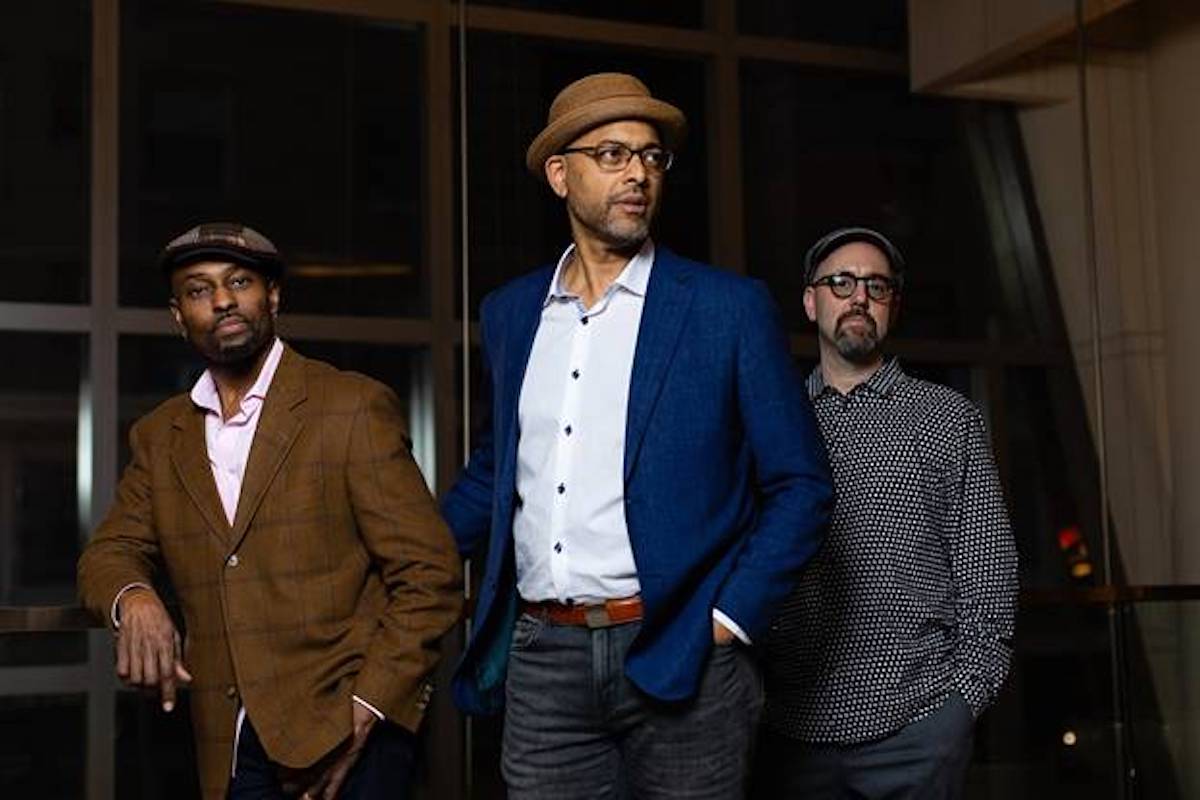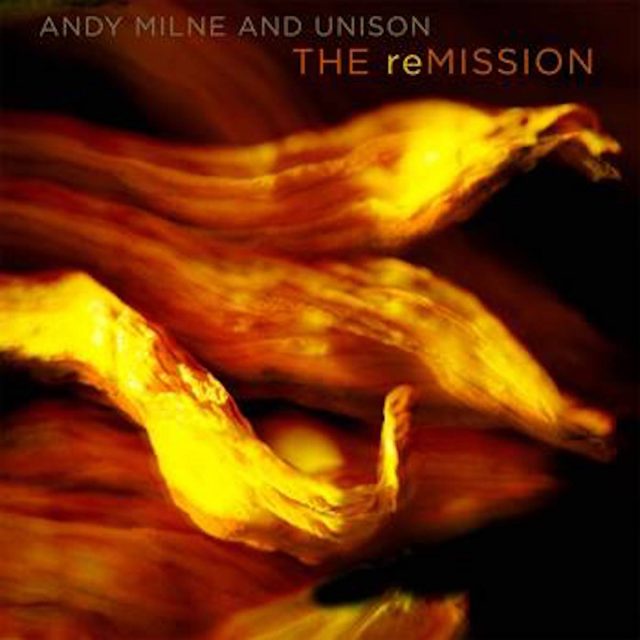Esteemed pianist, bandleader and educator Andy Milne is excited to announce the release of his new album, The reMission, out April 10 with his new trio Unison. Marking Milne’s first foray into piano trio performance, the album is a stunning shift in direction in the artist’s illustrious career. In late 2017, a life-changing cancer diagnosis forced Milne into a period of reflection over his fruitful career, a reevaluation of his direction as an artist, and finally, remission. Added to the mix was an unexpected offer (which he accepted), for a full-time professorship from The University of Michigan. After conquering his diagnosis, Milne seized the opportunity to tackle a musical venture that he has always found exciting, and at times daunting: the powerful intimacy of the piano trio format. Juno Award winner Milne brings a bold, imaginative sound to this pared down context, presenting fresh, original material written for this hallmark collaboration between himself, drummer Clarence Penn and bassist John Hébert.
Milne’s focus on composing for larger ensembles is best represented by his stellar work with his long-standing group Dapp Theory. Formed in 1998, Milne released five albums of inventive compositions for this outfit, the last of which, 2018’s The Seasons of Being, won Group Jazz Album of the Year at the 2019 Juno Awards. After twenty years of creative output in that esteemed quintet, Milne’s decision to create the trio Unison has yielded bold compositions that seem to emanate from within the pianist’s core, performed by an artist with a heightened conviction and supported by a steadfast rhythm section made up of Penn and Hébert.

“In jazz,” Milne remarks, “the trio is perhaps one of the most heralded and revered configurations for pianists. Throughout most of jazz’s ongoing evolution, the piano trio has been the backbone of the rhythm section and thus represented and defined the textural palette and rhythmic heartbeat for many groups of all sizes. As a stand-alone entity, the piano trio has often been the backdrop wherein pianists establish their reputations and define their pianistic vision. For me, the decision to present who I have become as an artist in the trio setting involved a reckoning and a certain degree of artistic and technical evolution in order to both embody my past projects, and forge a new path forward.”
While Milne’s journey reflects a reversal of the jazz pianists’ time-honored practice of starting their careers with a trio and tackling larger configurations later, this decision has paid off by informing his trio sound with a structural and harmonic richness, and masterful interplay atypical to mainstream of the piano trio idiom. Paying homage to a jazz luminary, the album begins with a spirited performance of McCoy Tyner’s Passion Dance, setting the tone for an album wrought with energy and exploration. The trio finds a sweet spot on this simmering rendition with crisp snare pops from Penn, fluid bass lines from Heìbert and cerebral lines from Milne.
https://youtu.be/7XJuQkgg-cw
Upon listening to Resolution, the first original composition presented on the album, one gets a feel for the breadth of the interplay among the three musicians. Milne composed this atmospheric exploration on New Year’s Day as a pledge to create music that plays to the strengths of his personnel. Fittingly, this piece was originally composed for solo piano, which liberates the rhythm section, allowing them to transform the piece with textural musings surrounding Milne’s melodic invention.
Compositions like Winter Palace, and Drive by – The Fall highlight Milne’s appreciation of the simple beauty of nature, an appreciation perhaps revitalized by confronting a life-changing diagnosis. The ostinato driven Winter Palace is a masterwork of tension and resolution, encapsulating the feeling of a turbulent snowstorm. Drive by – The Fall most closely aligns with the music of the Dapp Theory rhythm section writing which Milne was so accustomed to prior to forming the trio. The leader refers to this piece as the bridge between the two aesthetics. Fittingly and perhaps ironically, the track is sequenced squarely in the middle of the recording.
https://youtu.be/WEBQDmBOGtk
Bassist Hébert sets up the groove in Dancing on the Savannah, which also prominently features the sensitivity and reactiveness of drummer Penn. Speaking to Penn’s excellence, Milne notes, “He and I have known each other since we both moved to NYC but had never performed together. Every time I heard him perform, I found myself fixated by how his sound, time and finesse elevated whatever band with whom he was performing.” Milne notes that the trio’s collective conversation guides their path towards the intersection of their combined sensibilities — an intersection of “joy, risk and trust.”











































